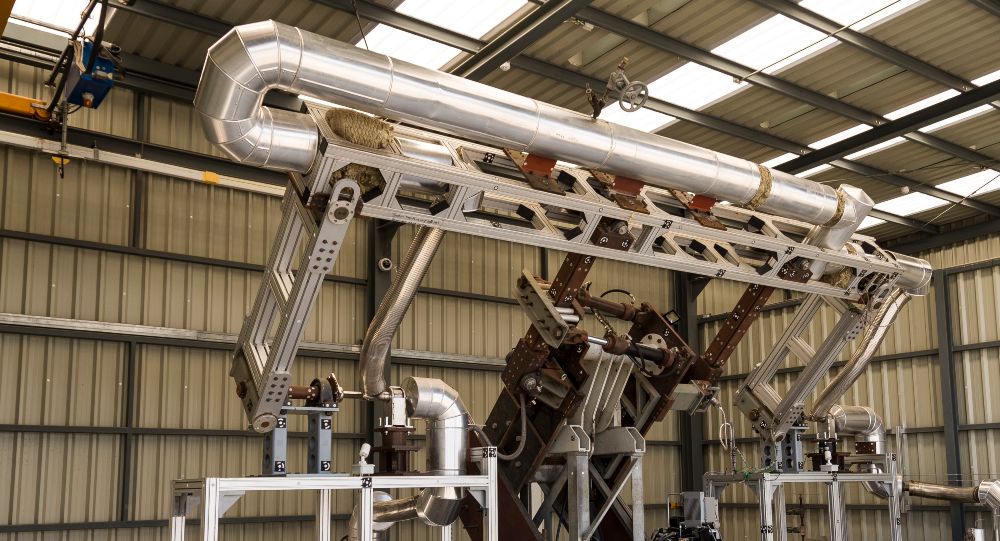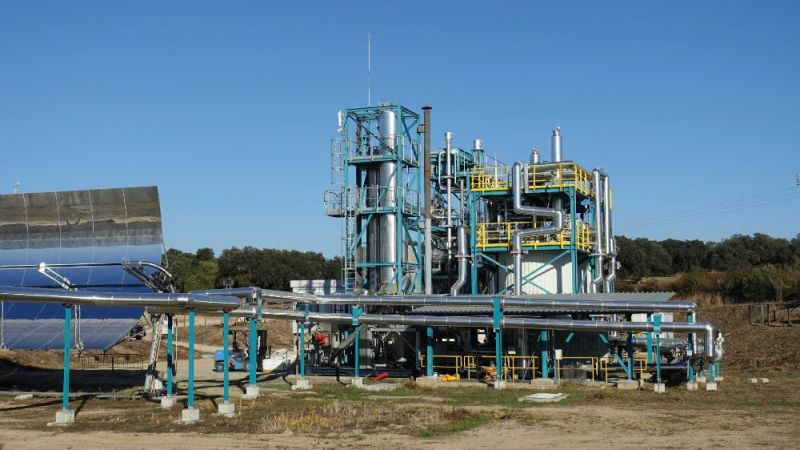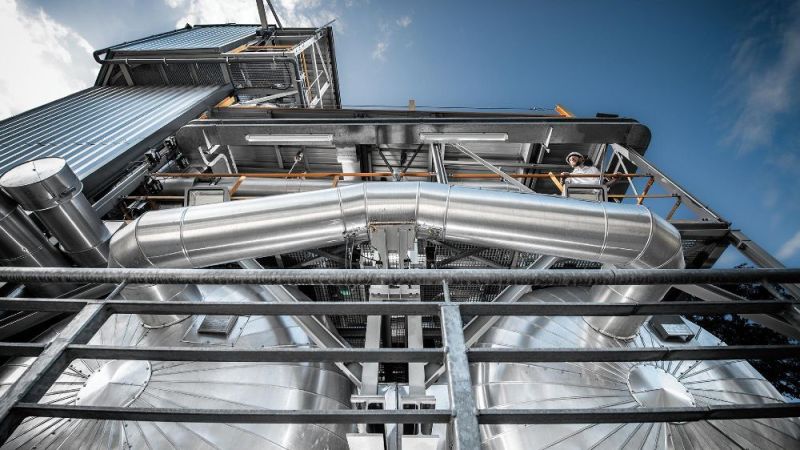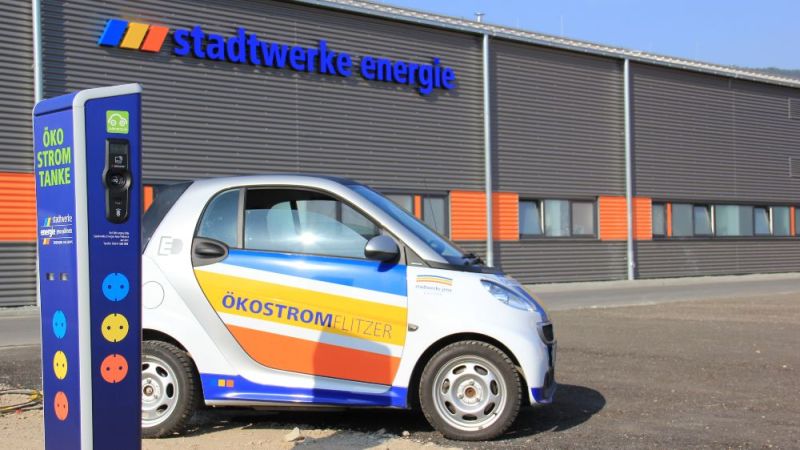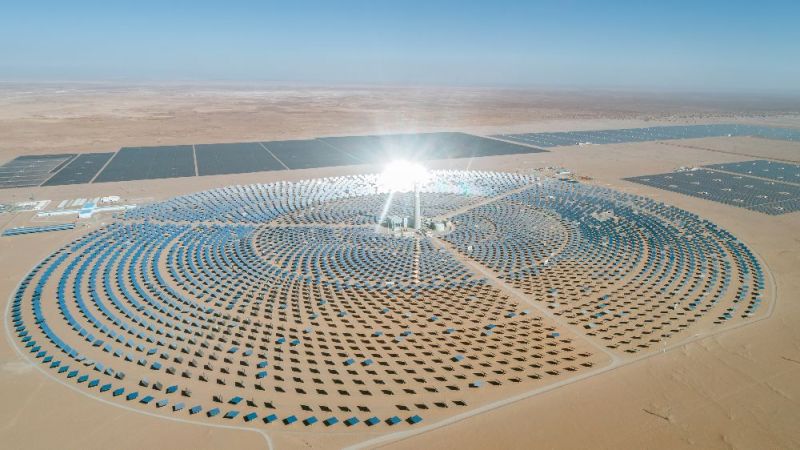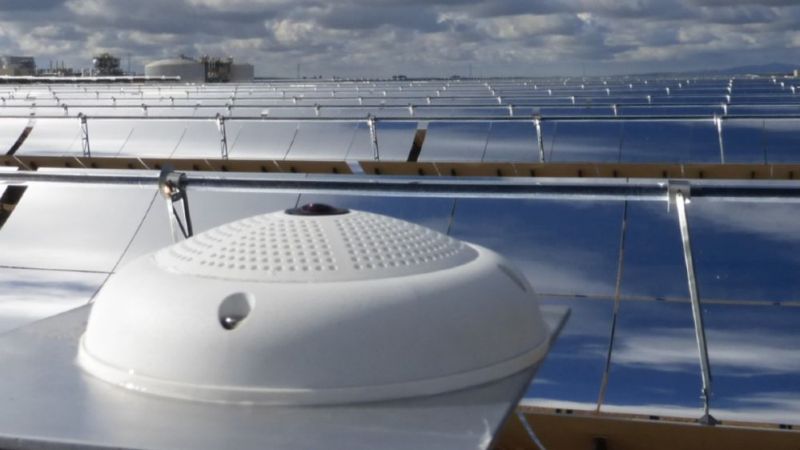Solar thermal power plants
Uniform REPA testing standards for solar thermal power plants
In parabolic trough plants, curved mirrors align themselves with the sun. This is made possible by flexible pipe connections. As yet, there are no uniform testing standards for the components. The team of scientists in the REPA research project is working on this.
Parabolic trough plants produce electricity from solar energy in sunny countries and regions such as Spain, Morocco, California, South Africa or in the Gulf region. To ensure that the "solar harvest" is as high as possible, the concentrating solar collectors must continuously align themselves with the position of the sun during the day. Flexible pipe connections, Rotation and Expansion Performing Assemblies, in short: REPA, connect the pipelines for the hot heat transfer fluid to the absorbers in the focal line of the mirrors. Any leaks at these connections usually result in a standstill of the power plant operation. This is expensive for the operators not only because of the repair costs, but above all due to the loss of electricity revenue.
"Uniform test criteria from certified testing facilities guarantee safety, durability and competition for a wide variety of products around the globe", explains Dr Eckhard Lüpfert from the German Aerospace Center (DLR). The project manager adds that manufacturers previously only had individual tests for the flexible pipe connectors. "With the REPA project, we will change this. We are taking the necessary steps to establish the tests and test procedures, and later advance them to an international standard for these important components of a parabolic trough plant."
Components are stressed by high temperatures and mechanical movements
The flexible pipe connections are subjected to severe stresses due to the constant tracking, weather influences and intense solar irradiation, as well as the high temperature of the heat transfer fluid, which only occurs during the day. The result: Components fatigue or leak. As a result, the heat transfer medium can escape and possibly cause damage.
The scientists in the REPA project are therefore currently developing a comprehensive test cycle. This is being tested at the Plataforma Solar de Almería in Spain. DLR has a cooperation agreement with the operator CIEMAT. Temperatures, pressures, mass flow rates and cyclic mechanical movements in parabolic trough plants can be reproduced in compressed form on the test stand there.
The rule is: "The components have to be tested under continuous load as well as in start-stop motion", explains Eckhard Lüpfert. Afterwards, the team of researchers compares how the components fail in the test stand as well as in the field. "It’s a complex interplay of various influences that can lead to component failure", Lüpfert sums up. The standardised test cycle is intended to make the flexible pipe connections more environmentally sustainable in terms of design and to make them last longer - thus reducing operating and maintenance costs. (it)


